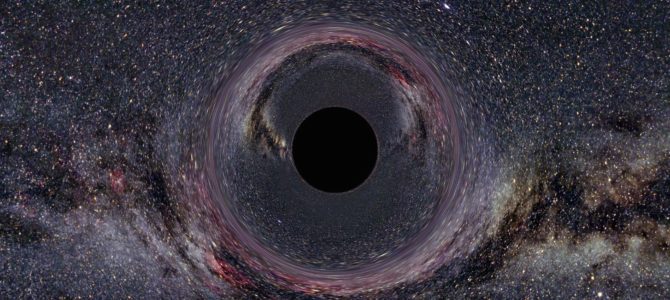Everything Evolves One Stage at a Time—Including You David Langness•Apr 8, 2017 SPIRITUALITYPART 3 IN SERIES: THE 4 STAGES OF SPIRITUAL GROWTH We all evolve. No complex organism enters this world fully developed. Science has proven that all life evolves…
Everything Evolves One Stage at a Time—Including You





